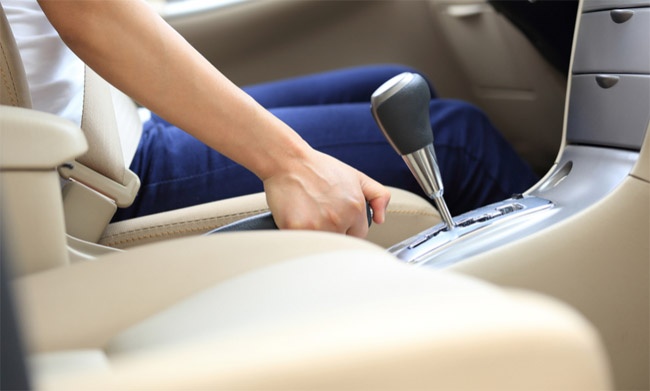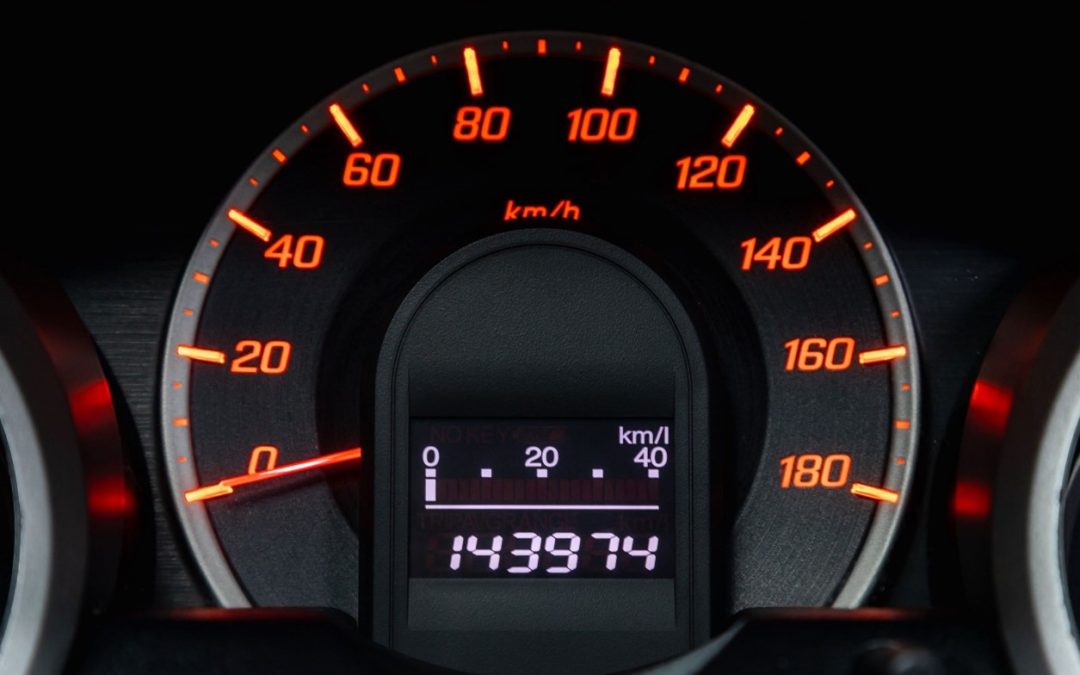We often get questions on handbrakes. Some of our customers aren’t sure when or how to use them. We thought it would be a good idea to do a Q&A on the top 10 questions asked related to the handbrake. Importantly, on some cars the “handbrake” is actually a foot pedal. It’s also called an emergency brake or parking brake. So, here are our most frequent questions.
- Q: When & how do I apply my handbrake?
A: You should apply your handbrake or parking brake whenever you park your car. If you have a handbrake, it is applied by pulling upward on the lever. If you have a pedal it is applied by stepping on the pedal. To release a handbrake, you depress the button and push the lever down. There are two ways to release a pedal brake. You either pull the release lever or push down on the pedal until you hear a click or feel it release. - Q: Do I need to apply my handbrake every time I park?
A: Yes. It’s not just for when you park on an incline as many people with automatic transmissions believe. When your car is in park, it’s held in place by something called the parking pawl that’s part of the transmission. Engaging your parking brake can help to reduce stress on the transmission and provides added protection in the unlikely event that the pawl should fail. - Q. Why does my father say not to apply the emergency brake?
A: The most likely reason your father said this was because 30 plus years ago, many cars had parking brake issues. This was especially true if the brakes were not maintained (lubricated) or used very often. - Q: I was told not to apply the emergency brake in cold weather. Is this correct?
A: No this is not correct. The only exception might be when a very wet rainy period is followed by a rapid, steep drop in temperature. Under these conditions the wet brake linings could freeze. - Q: I have been told that when I apply the handbrake to hold in the button. Is this necessary?
A: Enthusiasts say this is very important, but it comes from a time over 30 years ago when the handbrake ratchet and pawl were made out of a material that would wear out. Now it’s not an issue to pull the handbrake without depressing the button. - Q: Are there other times, besides parking, when I should use my handbrake?
A: Yes. If you are driving a car with a manual transmission, the handbrake should be used when you are pulling out on a hill. In this instance release the handbrake slowly as you begin to release the clutch. This procedure will extend the life of your clutch. - Q: I left my handbrake on while I was driving and the car started to emit a burning odor. What should I do?
A: Unfortunately leaving the handbrake on while driving can cause a lot of damage. The only thing you can do is to have the brakes inspected and, if needed, repaired. It’s also recommended that you flush the brake system. - Q: My handbrake warning light stays on even when the handbrake has been released. What could cause this?
A: The most common cause of this is a problem with the handbrake warning light switch or the warning light switch adjustment. If this happens, the handbrake system should be checked. - Q: I was told the emergency brake is a completely separate system is this true?
A: Yes it can be true. Some systems use the same frictional parts to hold the car while others have a completely separate system. It depends on the type of vehicle you have. - Q: Can/should I use my handbrake if my brakes fail?
A: Yes, but be aware that the handbrake only operates on the rear brakes. Additionally, it only exerts about one third of the stopping power of your regular braking system.
Do you have other questions? Feel free to leave a comment below and we’ll get back with you.







0 Comments